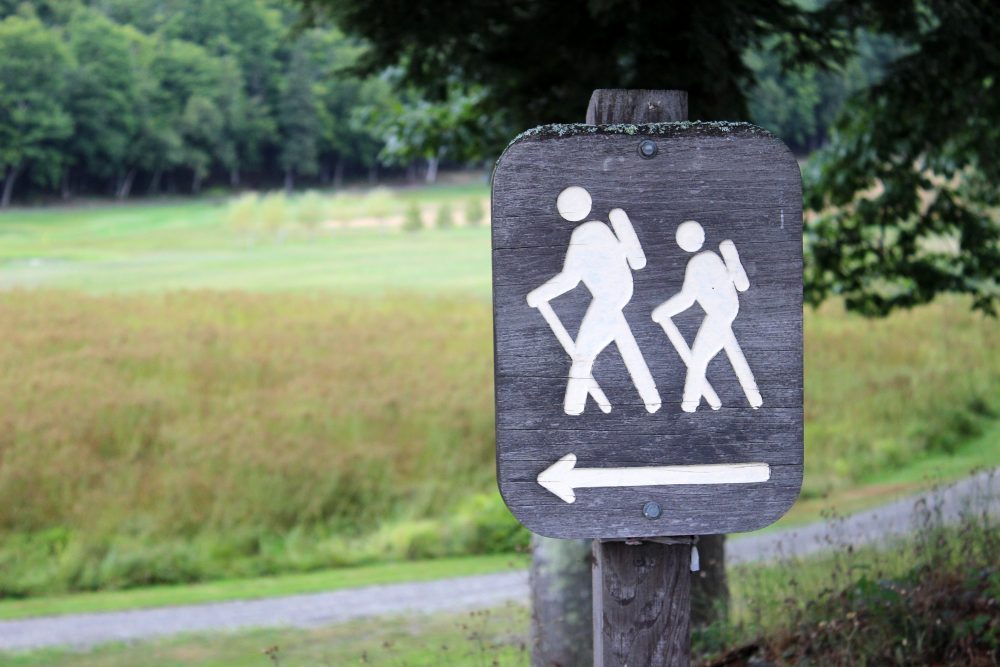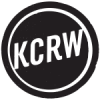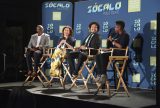
Photo courtesy of Adobe Stock.
In the United States, a large country defined by its greatest natural wonders, engaging with nature is considered essential to good health and civic virtue. But African Americans, while representing 13 percent of the U.S. population, make up just 7 percent of visitors to our national parks; Latinos and Native Americans are similarly underrepresented among park attendees. The leaders and staffs of America’s major nature organizations—from park services to foundations to public agencies—are much whiter than the country as a whole. And studies show that non-whites rarely show up in media images of people in the outdoors. What explains this phenomenon? How much of the problem lies in a lack of access to the wild and to parks, and how much involves historic and present-day barriers? And what changes must be made before the people enjoying America’s natural beauty actually look like America? REI marketing executive Myrian Solis Coronel, Latino Outdoors founder José González, and North Carolina State University environmental sociologist Myron Floyd visit Zócalo to discuss how to diversify access to the natural world.
900 Exposition Blvd.
Los Angeles, CA 90007
The Takeaway
Nature Needs Greater Diversity—In Its Human Visitors
Drawing More Non-Whites Into Parks and Natural Areas Requires Changes in Access, Staffing, Recruitment—and Narratives
“Is nature only for white people?” was the deliberately provocative query that framed a Zócalo/Natural History Museum of Los Angeles County panel discussion. It was quickly dispensed with by the …






